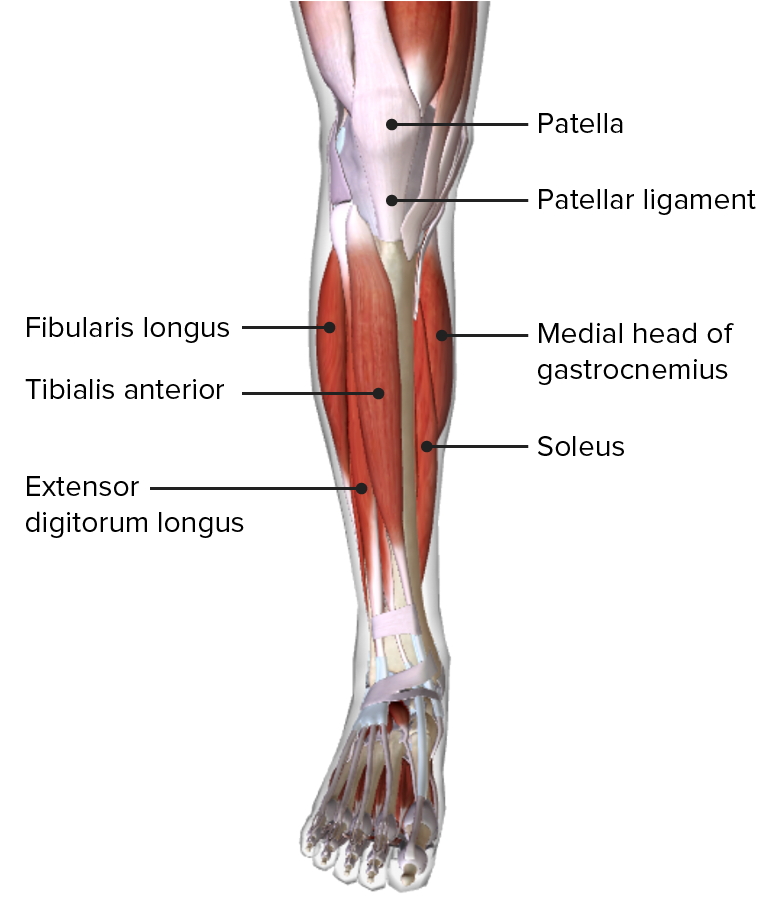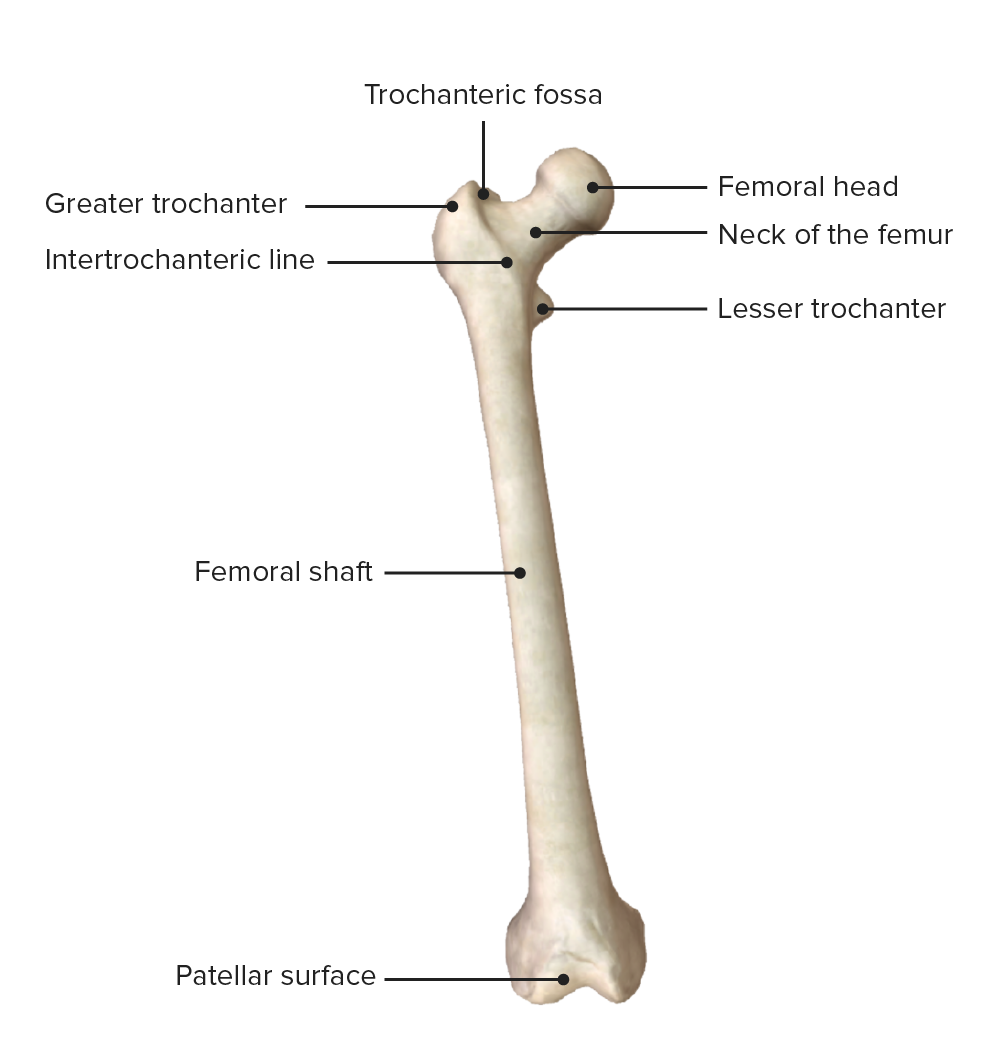Playlist
Show Playlist
Hide Playlist
Cutaneous Innervation of the Lower Limbs
-
Slide Cutaneous Innervation Lower Limbs.pdf
-
Download Lecture Overview
00:01 So now let's finish up by looking at the cutaneous innervation of the lower limb. 00:05 And let's have a look at the dermatomes. 00:06 So similar to the upper limb, we have a whole series of patches areas on the lower limb, which are associated with various spinal nerve roots. 00:16 So if you remember we have a certain number of those spinal cord segments all the way from C1 all the way down to S5 and the coccygeal segment right at the very bottom. 00:25 And each of these are mapped on to the surface of the skin. 00:29 So the first lumbar region of the spinal cord, gives rise to L1, and this is going to supply a very specific region on the lower limb. 00:38 And we can see that here just around the inguinal canal. 00:42 We then can start adding in and I don't need to name all of these, but you can see when you start adding in L1, L2, L3, L4, L5 and these from a very specific pattern of surface area coverage of the lower limb. 00:58 So that region indicated on the screen, that region of skin is supplied by that specific spinal cord segment. 01:06 So for example, the anterior aspect of the thigh and the medial aspect of the leg are innervated by L3. 01:13 You can see that both on the anterior and posterior aspect here. 01:17 So if we continue to add in various areas on the posterior surface, we can now see how we have contributions from the sacral aspect of the spinal cord. 01:27 So S1, S2,3,4,5 and then that final coccygeal segment we spoke about. 01:34 So what we can see here is the total complete surface area coverage and its spinal cord distribution. 01:41 So the dermatomal map of that lower limb. 01:44 As we move through the next series of lectures, we are however, going to encounter a series of named nerves. 01:51 Now these nerves for example, the femoral branch of the genital femoral nerve, the iliohypogastric nerve, the lateral cutaneous nerve of the thigh, obturator nerve, femoral nerve, for example. 02:05 These are a series of nerves which we can clearly see supply the thigh region. 02:11 On the previous slides, when we looked at the dermatomes, we saw nice banding running across this region, giving rise to spinal cord segments, L1, L2, L3, L4, etc, it was very well organized. 02:26 What we now have to appreciate is that that is the spinal cord mapping on to the lower limb. 02:33 What we're looking at here is how the individual branches of these cutaneous nerves supply specific regions. 02:41 So for example, the femoral nerve, we can see, comes from L2 to L4. 02:47 So we can now see that in yellow, the coverage of L2 to L4 dermatomes is now combined in yellow. 02:55 Whereas lateral cutaneous nerve of the thigh, iliohypogastric, they'll have combinations of spinal cord segments, contributing to them as cutaneous nerves. 03:05 So the distribution here is not as simple and as organized as that as the dermatomes. 03:11 This is important, because spinal cord damage can then lead to predictable dermatomal loss of sensory information. 03:20 Whereas loss of the peripheral nerves here, these cutaneous nerves. 03:24 Because they're further along and the nerves have merged from different spinal cord segments, their central distribution is different. 03:33 The actual sensation on the limb is exactly the same, but the way in which it's mapped onto the cutaneous nerves, and the way it's then mapped onto the spinal cord can be different. 03:43 So it's important to understand that concept. 03:46 As we continue, we can see we have the distribution around the posterior and anterior aspect of the lower limb and the various named cutaneous nerves that supply them. 03:57 This continues down on to the dorsum and the sole of the foot, we can see we have a whole series of different nerves named cutaneous nerves that supply these discrete regions. 04:09 The named nerves will overlap and not map on to the specific dermatomal distribution.
About the Lecture
The lecture Cutaneous Innervation of the Lower Limbs by James Pickering, PhD is from the course Fasciae and Neurovasculature of the Lower Limbs.
Included Quiz Questions
What dermatome includes the plantar aspect of the foot?
- L5
- L4
- L3
- L2
- L1
What dermatome includes the area around the inguinal canal?
- L1
- L2
- L3
- L4
- L5
The femoral nerve originates from which lumbar nerves?
- L2-L4
- L1-L5
- L1-L3
- L3-L5
- L1-L4
Customer reviews
5,0 of 5 stars
| 5 Stars |
|
5 |
| 4 Stars |
|
0 |
| 3 Stars |
|
0 |
| 2 Stars |
|
0 |
| 1 Star |
|
0 |





